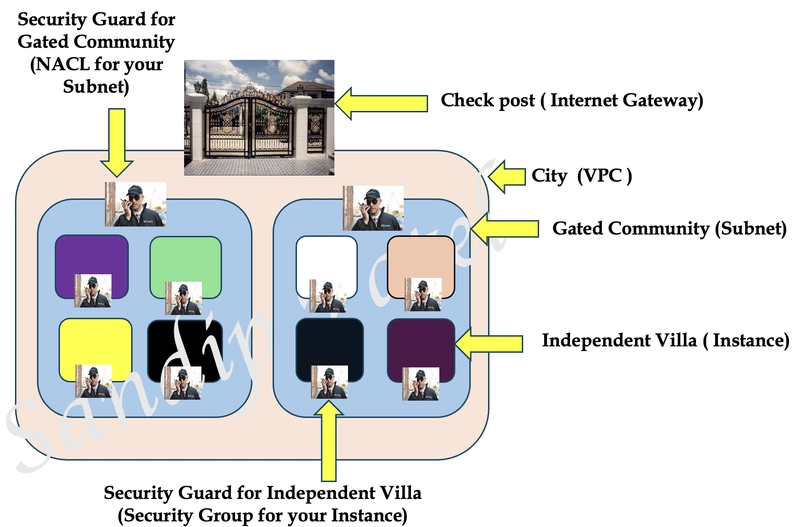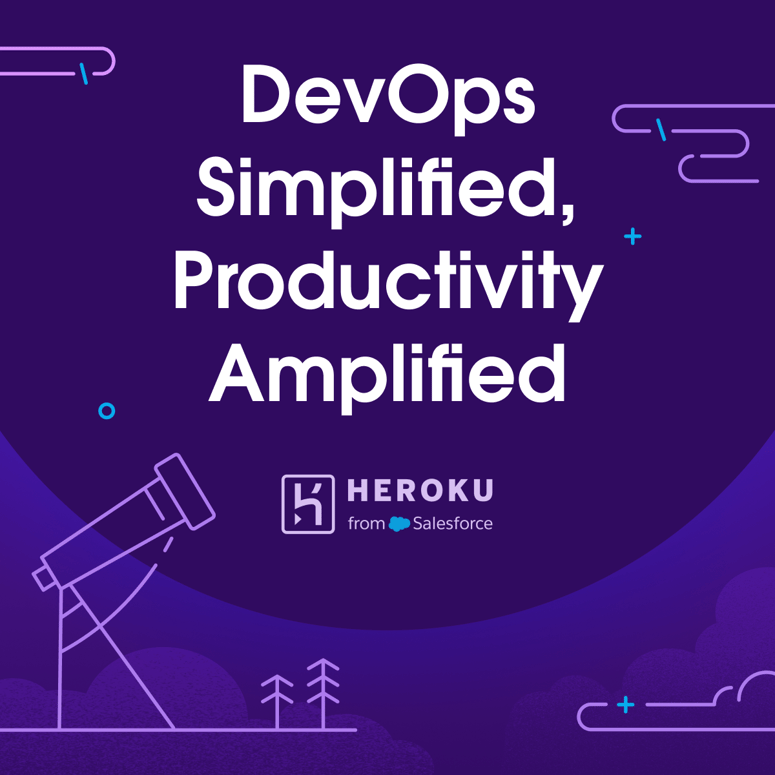Understanding AWS VPC with a City Analogy: A Beginner’s Guide
Imagine you're building a smart city in the cloud and in charge of its security, organization, and structure. You want your city to be efficient and secure, with clearly defined boundaries, secure areas, and controlled access points. This is where AWS VPC (Virtual Private Cloud) comes in! It’s the foundation of your digital city in the cloud.
In this blog post, we will use a city analogy to explain the core components of an AWS VPC, so you can easily understand how to manage your cloud infrastructure securely and efficiently.
AWS VPC: Your City in the Cloud
Think of your AWS VPC as a digital city—an isolated and private network within the AWS cloud where you can control the resources and services you deploy. It provides the foundation for subnets, routing, security controls, and more. This means you can organize, protect, and scale your cloud infrastructure the way you would organize and manage a city.
Let’s break it down using a city analogy:
VPC as the City
Just like a city has a specific geographical boundary, your AWS VPC defines a virtual network where all your cloud resources live. This network is private and isolated, and you have complete control over its layout.
- VPC is like the city limits. It’s the overall space where everything happens. You control the structure, the roads, the access points, and how things are connected.
Internet Gateway: The City’s Check Post
Your Internet Gateway (IGW) is like a checkpoint at the city’s main entrance. It controls the flow of traffic between your city (VPC) and the outside world (the internet). Just as vehicles pass through a checkpost to enter or exit a city, data travels through the Internet Gateway to reach public resources on the Internet.
- The Internet Gateway connects your VPC to the Internet. It’s the gatekeeper that allows your public-facing services (like websites or APIs) to communicate with users outside your city (VPC).Without the check post (IGW), your city would be isolated from the outside world.
NACL: The Security Guard for the Gated Community
Next, let’s look at the Network Access Control List (NACL). Think of this as the security guard stationed at the entrance to a gated community within your city. The security guard checks the credentials of everyone trying to enter or leave the community (or subnet).
NACLs are used to control traffic at the subnet level. They ensure that only authorized traffic enters or leaves specific areas of your city (subnets).
They work at a broader level and are stateless, meaning they don’t remember past interactions, so you have to define both inbound and outbound rules for each direction.
NACLs add an extra layer of security, just like how security guards ensure the safety of a gated community.
Subnet: The Gated Community
In the city, there are gated communities, where only selected residents or guests are allowed. These subnets within your VPC are like gated communities in your digital city. They are isolated areas that house your resources, such as instances or databases, and can be either public or private.
A public subnet is like a downtown area—open to the outside world, where you can host public-facing services such as web servers or load balancers.
A private subnet is like a residential neighbourhood where sensitive services such as databases or internal applications reside. These areas are more secure and are not directly accessible from the internet.
Security Group: The Security Guard at the Villa Gate
Now, let’s move to the Security Group, which acts like the security guard stationed at the entrance of each villa or private home in the community (subnet). Just as a security guard checks who can enter or leave a villa, the Security Group manages access to each instance within a subnet.
A Security Group acts as a virtual firewall for your instances. It controls inbound and outbound traffic for your resources (like EC2 instances), ensuring that only authorized traffic can reach them.
Security Groups are stateful, meaning they track the state of connections. Once a connection is established, it automatically allows return traffic without any additional rules.
Instance: The Independent Villas
Each instance (such as an EC2 server) in a subnet is like an independent villa in a gated community. Just as a villa has its own private space within a neighbourhood, an instance is a self-contained resource within the subnet that can be configured and accessed based on the rules you set.
Instances in the public subnet (villas near the city centre) are easily accessible from the outside world.
Instances in the private subnet (villas in a more secluded area) are more secure and may need specific routes or gateways to communicate with the outside world.
Putting It All Together
Let’s connect the dots in our city analogy:
- VPC: Your city limits, a secure, isolated network where everything happens.
- Internet Gateway: The check post allows controlled access to the outside world (internet).
- NACL: The security guard ensures that only authorized traffic enters and exits specific parts of the city (subnets).
- Subnet: The gated community, where resources are housed privately and securely.
- Security Group: The security guard at each villa gate, controls who can access each instance based on specific rules.
- Instance: The independent villas, where your applications and services reside within their secure environment.
Why Is This Important?
Understanding how these components work together helps you design secure, scalable, and efficient cloud architectures. Just like a well-planned city, AWS VPC ensures that your cloud resources are well-organized, secure, and properly connected.
By creating isolated subnets, defining strict security rules, and controlling traffic flow, you can build a robust cloud infrastructure that is both secure and easy to scale as your needs grow.
Conclusion
With the city analogy, it's easy to see how each component of AWS VPC plays a vital role in managing your cloud resources. You control every aspect—from the city’s boundaries (VPC) to the entrance (Internet Gateway), from neighbourhood security (NACLs) to individual villa protection (Security Groups).
AWS VPC is the foundation of cloud infrastructure, giving you full control over your network architecture. Whether you’re running small applications or scaling up for large enterprise solutions, the principles of a well-organized city can guide you in designing and securing your AWS environment.
Ready to build your cloud city? Start by setting up your first AWS VPC today!
This blog post uses the city analogy to explain complex AWS VPC concepts in an engaging and easily understandable way. Let me know if you need further edits or additional details!





Top comments (0)